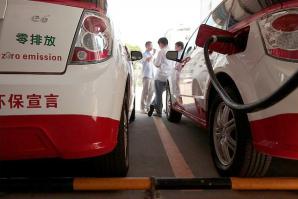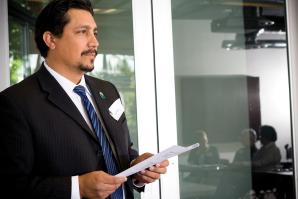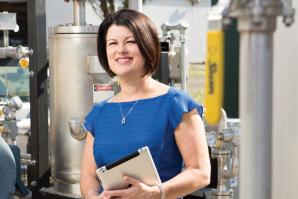The updated Title 24 energy efficiency standards will greatly impact how property owners design, construct and renovate buildings. Bernie Kotlier, co-chair of the nonprofit California Advanced Lighting Controls Training Program, shares the best ways to navigate the changes:
1. Do your homework. Title 24 is complicated, and understanding the code requirements is a first step when it comes to compliance. Property owners should be dealing with contractors who have up-to-date knowledge and experience in energy-efficient design, equipment criteria and proper installation.
2. Get tested. One key revision is acceptance testing. These tests are not conducted by your average inspectors. They are now required to be conducted by state-certified technicians (working for state-certified companies), who inspect installed lighting systems to ensure they meet the new requirements and operate to manufacturers specified efficiency. (This more effective and comprehensive testing should result in owners or tenants getting a better return on their lighting system investment.) To find a qualified acceptance tester or installer, check out the CALCTP website.
3. Read the fine print. When you get a bid from a contractor, make sure all the details are in the contract, including new Title 24 specifications and any costs associated with acceptance testing. “I’ve heard some contractors come in with a low bid, leaving those things out of the contract,” Kotlier says. “Then they raise the price and say, ‘It’s the law.’” To avoid a rude awakening, ask the contractor to show you where the new Title 24 costs are specified in the contract.
4. Check your equipment at the door. Title 20 is the state’s standards for efficiency of appliances, and it deals with more than just dishwashers and egg beaters. Title 20 regulations include lighting controls and other energy equipment, so there is some overlap with Title 24. Make sure the designer, architect and/or contractor has specified Title 20-approved equipment, or “once again, you’re going to have problems down the line,” Kotlier says. “The wrong equipment will have to be taken out and replaced, and there will be a fight over who has to pay for it.”
5. Find the right lighting and controls equipment. When selecting a lighting system, startup brands might be risky, Kotlier says. Of course, there are good ones out there marketing the latest technology, but they may lack history. How do you know a new company will be around years from now to honor warranties? Your best bet would be to purchase equipment from a solid company with a good reputation and longevity. Good sources of information include your electrical contractor, your utility representative at SMUD or PG&E, or the California Lighting Technology Center at UC Davis. The CLTC website has a Title 24 information section that includes a number of helpful resources.
6. Protect your investment. Once the new lighting control system is up and running, you need to keep it that way for as long as possible. Check the CALCTP website for a list of electrical contractors who have taken advanced training on installation and maintenance. It’s also important to make sure in-house operators are trained by the manufacturer to handle the specific system. “If property owners put in a high-tech system and don’t maintain it, they’ll lose money on the investment,” Kotlier says.
Sick of missing out? Sign up for our weekly newsletter highlighting our most popular content. Or take it a step further and become a print subscriber — it’s both glossy and affordable!
Recommended For You

Clean Speed Ahead
UC Davis to help China accelerate electric car use
The cord powering cleaner, plug-in electric cars in China now stretches across the Pacific to California. A recent information-sharing agreement between UC Davis and the government authority that oversees China’s car industry will connect the world’s acknowledged leaders in creating clean car standards with the globe’s largest and fastest-growing new car market.

Going for the Green
California raises the bar on a new construction
Ready or not, California’s architects will go green starting in January. The state has adopted the Green Building Standards Code, or CalGreen for short.

Clean-Tech’s New Frontier
The green rush is over. Now what?
For much of the past decade, venture capitalists showered dollars upon clean-technology startups with promising-sounding ideas in areas like solar, electric cars and biofuels.
That era appears to have ended.




